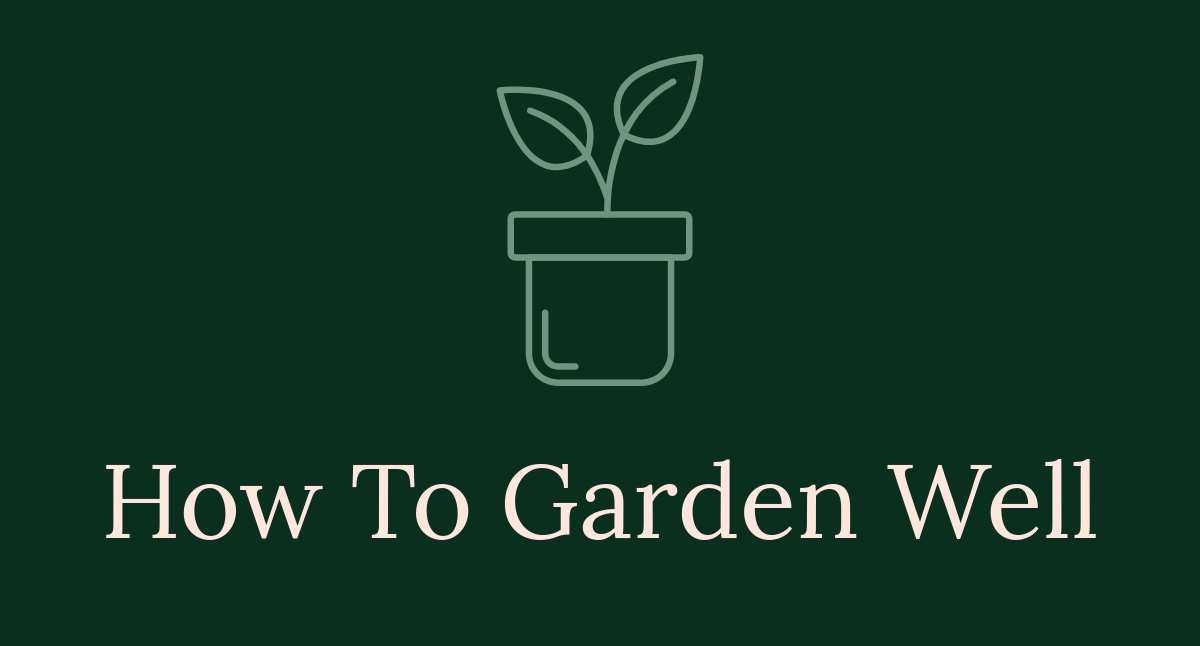
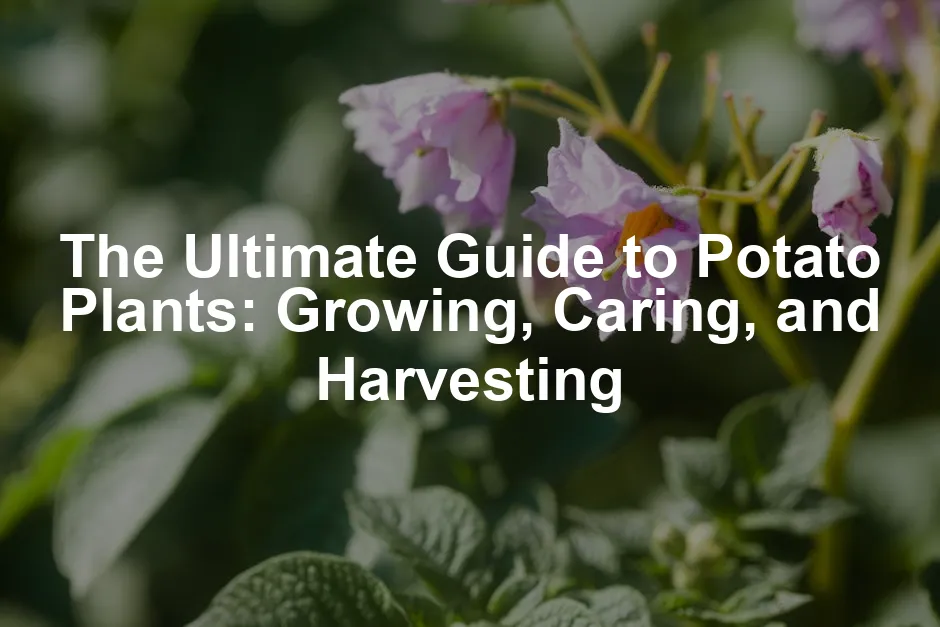
The Ultimate Guide to Potato Plants: Growing, Caring, and Harvesting
Introduction
The potato plant, known scientifically as Solanum tuberosum, holds a special place in agriculture and cuisine. This hardy herbaceous annual can grow up to 100 cm tall. Its unique ability to produce nutrient-rich tubers underground makes it a staple food worldwide. In this guide, you’ll discover everything you need to know about growing, caring for, and harvesting potato plants.
Summary and Overview
Potato plants undergo a fascinating lifecycle, starting from seed potatoes. These seeds sprout into green shoots and develop into leafy plants. As they grow, they produce tubers beneath the soil, storing energy for future growth.
Potatoes thrive in various climates and soils, making them adaptable. They prefer well-drained, loose soil and require full sunlight. Effective cultivation methods include crop rotation and maintaining a weed-free environment. Storage is crucial, too; potatoes should be kept in a cool, dark place after harvest.
Potatoes are not just versatile in growth but also in culinary uses. They can be baked, mashed, fried, or roasted, making them a beloved ingredient in many dishes. Thus, understanding how to cultivate potatoes is essential for any gardener or food enthusiast.
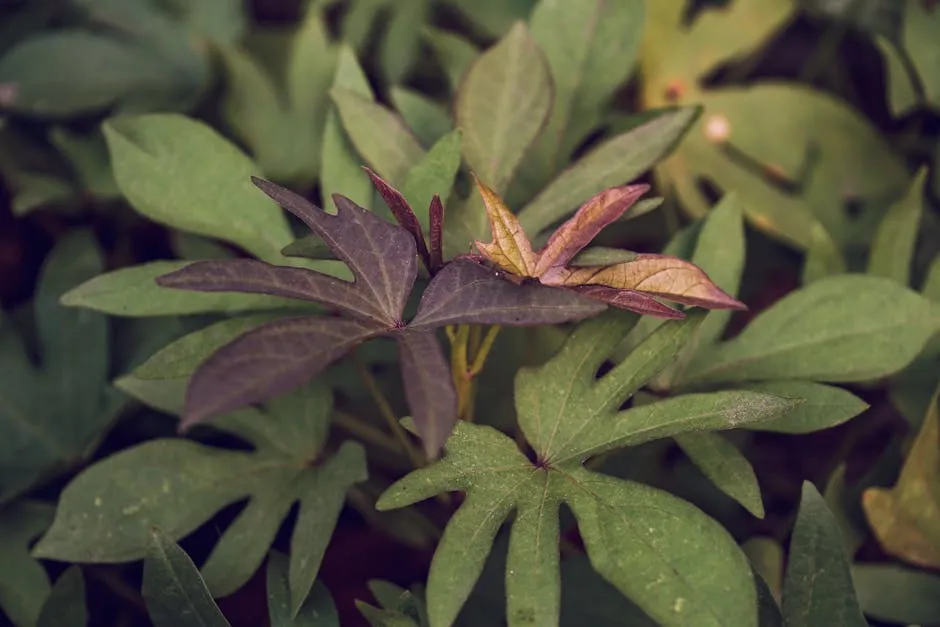
To ensure your potato-growing adventure is a success, having the right tools is essential. Check out this Garden Planting Tool Set to make planting a breeze. This set includes everything you need to dig, plant, and maintain your garden like a pro!
How Potato Plants Grow
Structure of the Potato Plant
The potato plant features a unique structure. Its compound leaves play a crucial role in photosynthesis, producing starch. This starch travels down to the underground stems, known as stolons. These stolons thicken and form tubers, the edible part of the plant.
Potato plants typically grow to about 100 cm tall. The tubers can weigh up to 300 grams each. Depending on the conditions, a single plant can yield anywhere from 2 to 5 kilograms of potatoes.
Growth stages begin with sprouting from seed potatoes. The plant then establishes roots, followed by leaf development. During the flowering stage, the plant produces tubers beneath the soil. Optimal growth conditions include full sunlight, well-drained soil, and proper moisture levels.
As you cultivate your potato plants, take a moment to observe these growth stages. Documenting their journey can be both educational and rewarding! Plus, using a Gardening Journal can help keep track of your progress and thoughts throughout the season!

Soil and Location Requirements
To grow healthy potato plants, start with the right soil. Potatoes thrive in light, loose, and well-drained soil. Aim for a soil pH between 5.0 and 7.0. Testing your soil helps you understand its nutrient levels. This knowledge can guide your amendments for optimal growth. For more details on soil pH, refer to our guide on soil pH testing and adjustment. You might want to invest in a Soil pH Test Kit to measure your soil’s pH easily.
Sunlight is crucial too. Potatoes need full sun, so choose a spot with at least six hours of direct light each day. Spacing is important as well; allow enough room between plants to promote airflow. This helps prevent diseases and ensures robust growth.
Consider crop rotation practices as you plan your garden. Avoid planting potatoes in the same location for three to four years. This tactic reduces soil-borne diseases and nutrient depletion. Testing your soil for pH and nutrient levels can greatly enhance your potato-growing success.

When to Plant
Timing is crucial when planting potatoes. The ideal planting time varies based on your local climate. Generally, aim for early spring when the soil temperature reaches at least 45°F. This ensures a successful start for your plants.
Soil temperature is essential for growth. Potatoes prefer temperatures between 45°F to 75°F. If the soil is too cold, they may rot. Conversely, overly warm soil can hinder sprout development.
Moisture considerations also play a role. Ensure your soil is moist, but not waterlogged. Consistent moisture supports healthy growth. Potatoes can tolerate light frost, so don’t worry about minor freezes. However, provide protection during hard frosts to safeguard young plants.
With these details in mind, plan your planting schedule according to local climate conditions. Happy planting! And don’t forget to use Plant Watering Globes to ensure your plants stay hydrated during those hot summer days!
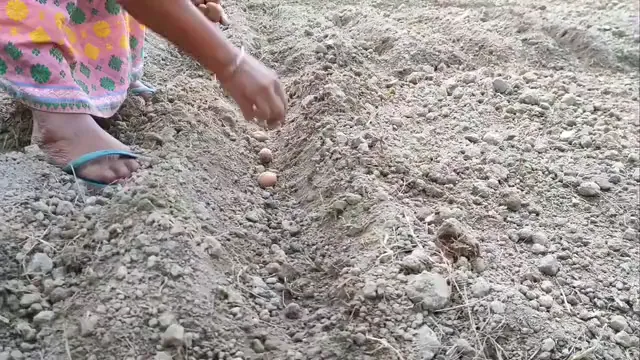
How to Plant Potatoes
Planting potatoes requires some preparation. First, cut your seed potatoes into pieces about two inches square. Ensure each piece has one or two “eyes.” This step encourages sprouting and growth. Let the cut pieces sit for a day or two to form a callous over the cuts.
Now, let’s talk about planting techniques. Dig trenches about 6-8 inches deep. Place the cut pieces in the trench with the eyes facing up. Space them about 12-15 inches apart. This spacing allows each plant room to grow and develop.
As you fill the trench, start with about four inches of soil. As your potato plants grow, continue to mound soil around them. This practice helps to protect the tubers from sunlight and supports healthy growth.
Have you planted potatoes before? Share your planting experiences and tips in the comments! And if you want to make peeling a breeze later, you might want to grab a Potato Peeler for those delicious recipes!
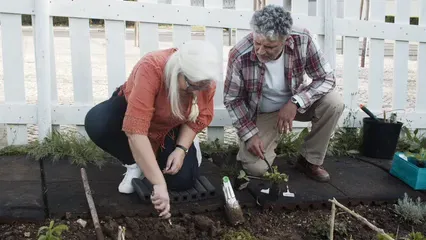
Watering and Fertilizing
Watering your potato plants properly is essential for a successful harvest. Throughout the growing season, aim for consistent moisture. Potatoes typically need about 1-2 inches of water each week. Pay special attention during the flowering stage, as this is when tuber development occurs.
Fertilizing your potato plants also plays a crucial role in their growth. Start with a balanced fertilizer at planting time. Consider using a slow-release fertilizer to provide nutrients throughout the season. Applying fertilizer when the plants are about 6 inches tall can boost growth significantly.
Additionally, watch for signs of nutrient deficiencies. Yellowing leaves may indicate a need for more nitrogen. Adjust your fertilizing practices accordingly for the best results.
Keeping a regular watering schedule can enhance your potato plants’ health. Remember to check soil moisture levels regularly to ensure optimal growth! And if you want to keep track of everything, a Gardening Book for Beginners can be a great resource!

Pest and Disease Management
Potato plants face several pests and diseases. Common pests include aphids, Colorado potato beetles, and flea beetles. These pests can damage leaves and reduce yields. Early detection is key to managing these threats.
Diseases such as late blight and powdery mildew can also affect potatoes. Late blight, caused by a fungus, leads to dark spots on leaves. This can ruin your harvest if not addressed promptly.
For pest management, consider organic strategies first. Neem oil can deter pests, while insecticidal soap helps control aphids. Crop rotation is effective against pests and diseases, disrupting their life cycles. To have a handy spray ready, consider getting Insecticidal Soap Spray for quick action!
Chemical solutions are available too. Use targeted pesticides when infestations are severe. Always follow the label instructions for safe application.
Monitor your plants regularly for any signs of trouble. Early detection allows for effective management, ensuring a healthy potato harvest!
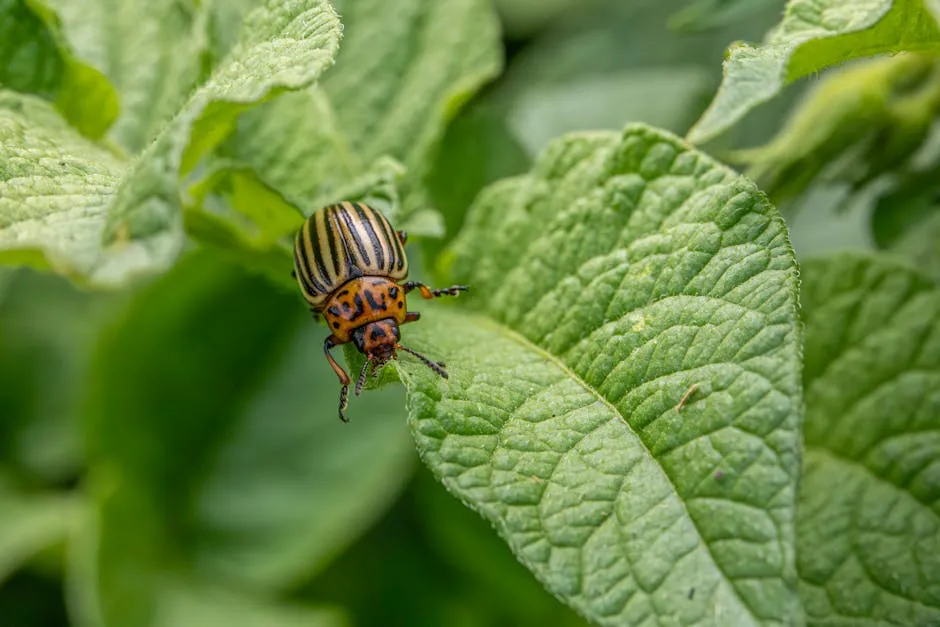
Please let us know what you think about our content by leaving a comment down below!
Thank you for reading till here 🙂 And if you’re looking for a way to store your harvest, consider Food Storage Containers to keep everything fresh!
All images from Pexels
